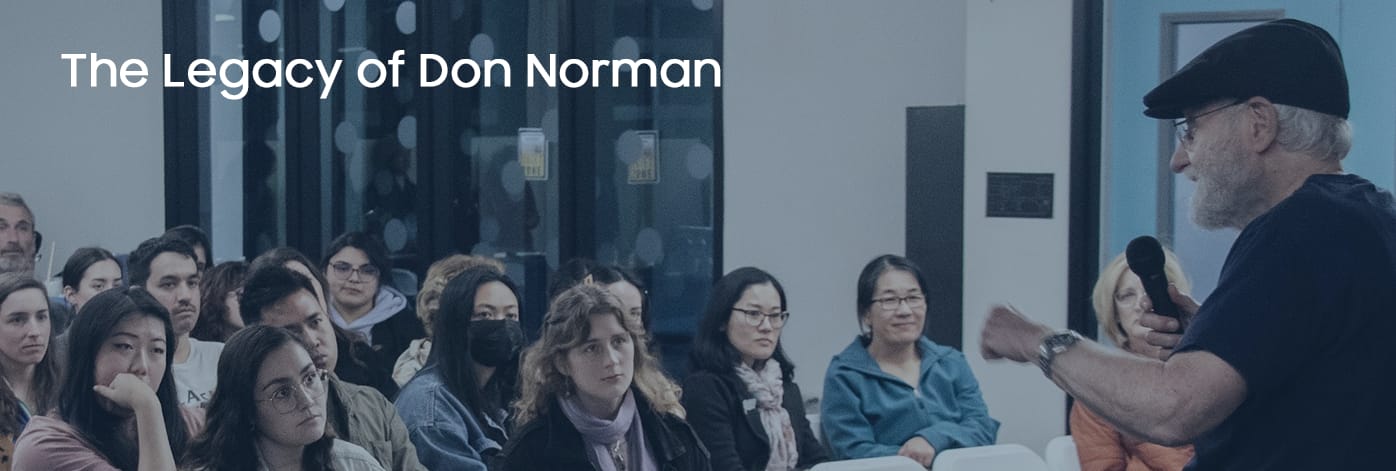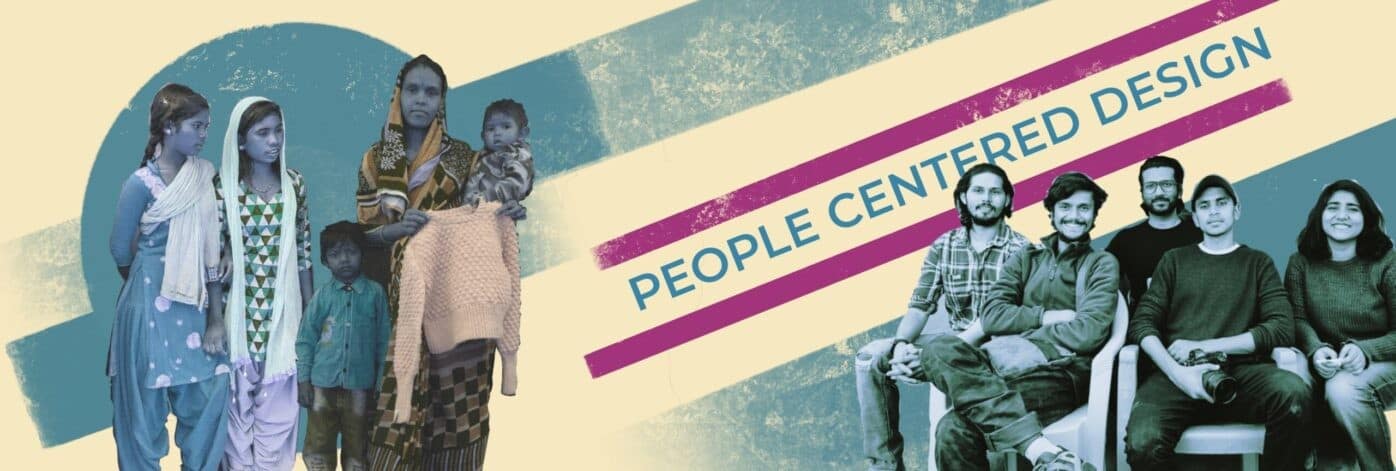
The Legacy of Don Norman: Bridging the Gap between Design and Human Behavior in UI/UX
In the world of design, few figures have had as profound an impact as Don Norman. Renowned for his groundbreaking work in psychology, cognitive science, and design, Norman’s teachings have revolutionized the way we think about user interfaces (UI) and user experiences (UX).









